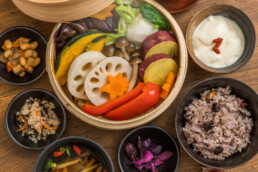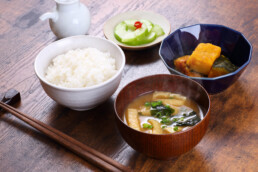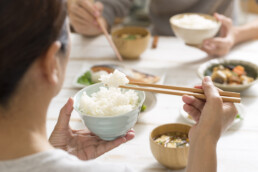What do you consider important in a meal? Most people would answer, “It’s the taste.” That is true, but in Japanese cuisine, in addition to taste, sound, aroma, texture, and appearance are all very important. We Japanese believe that food is not only appreciated for its deliciousness.
Therefore, in this article, we will introduce the five senses that Japanese people value in preparing Japanese food i.e. taste, sound, smell, texture, and appearance. Try to understand the differences between Indian and Japanese food and also look for similarities between both.

Five senses, known as “Go-Kan”, that Japanese food values
One of the ideas that Japanese food values is the five senses (Go-Kan) i.e. taste, hearing, smell, touch, and sight. For this reason, Japanese chefs, in particular, think about the people who eat their food and devise menus that can be enjoyed by all five senses.
A famous Japanese chef said, “When you see and taste a dish, you can transcend time, space, and distance through imagination. Cuisine procures such an eminent power. Enjoying food with all five senses is the essence of Japanese cuisine.
Cooking with the eater in mind is also a part of the Japanese culture “Omotenashi” (hospitality).
Taste
The first is taste. Taste is an essential part of a meal. It is a matter of course, but even in Japanese cuisine, we are conscious of dishes that satisfy the palates of the people who eat them.

Hearing
Some people may think that the sense of hearing is not relevant at first glance, but in fact, it is an important element. For example, remember when you eat samosas? Which you find tasty, the savoury sound or the humid sound? The majority of people would answer that it is the former.
The environment in which you dine also has a significant impact. A fine dining restaurant may taste better with calming music in the background. On the other hand, casual restaurants may be better suited to light music that stimulates conversation. And in either case, the sound of car horns in a restaurant will spoil good food.
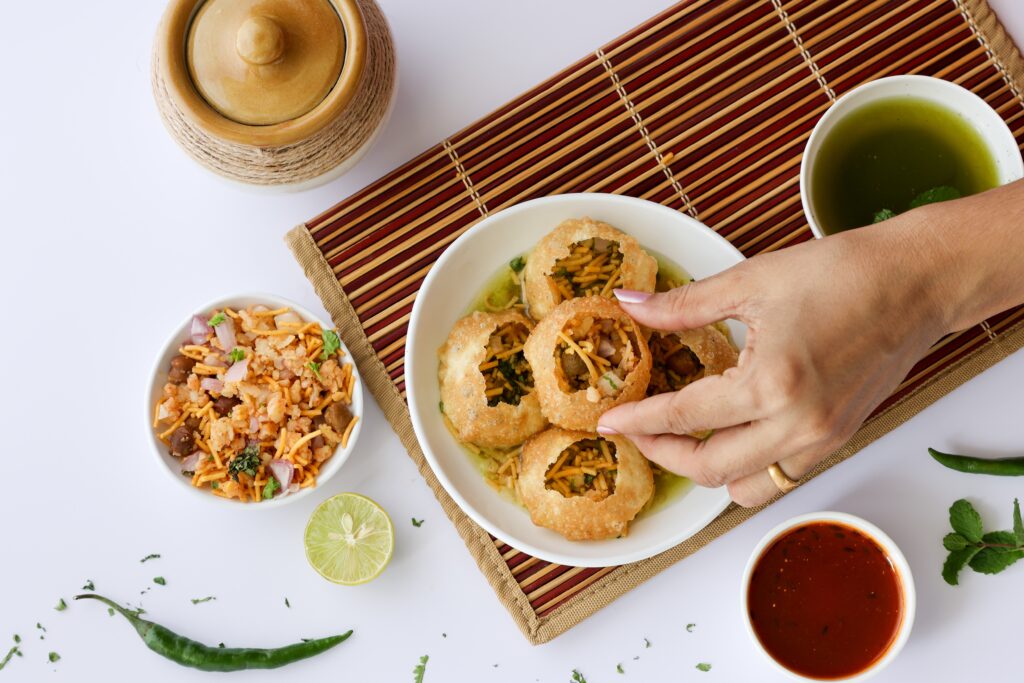
Smell
Have you ever experienced the following? For example, the sweet smell of a roadside chai shop lured you in, and before you knew it, you were ordering chai, even though you had never been in the mood for it before. This phenomenon occurred because the smell stimulated your appetite.
Also, when you eat a dish, not only does it taste good, but the savoury or rich aroma may make you feel that the dish tastes even better. Conversely, there have been times when a dish looked delicious, but when you smelled it, you realised it was not to your liking and did not eat it.
In this way, people can perceive a dish to be even more delicious by its aroma, or they can judge that a dish is not to their liking based on the aromas they have smelled before.

Touch
When you hear the word “tactile,” you probably think it refers to the sensation of touching foodstuffs. While this is certainly important, it is the tactile sensations in the mouth, such as the feel of the food on the tongue and the texture of the food, that are more important.
If the vegetables are crunchy to the touch in a stewed dish, it feels strange, doesn’t it? On the other hand, if the vegetables are shrivelled in a salad, the taste will be less than half as good. The dish tastes even better because you can feel the texture that is appropriate for the dish.

Sight
Finally, there is the matter of sight, it goes without saying. Even if a dish has the same recipe and the same seasoning, there is a big difference in the degree of deliciousness between a dish that is served in a messy way and a dish that is served in a beautiful way. The taste of a dish is also affected by the beauty of the tableware.
The colour of the food is particularly important. Do you find blue dishes appetizing? Most people would find it less appetizing. This is because there is no true blue food in nature, whether it is meat, fish, vegetables, fruits, or grains. Humans are predisposed to be hesitant about strange things.
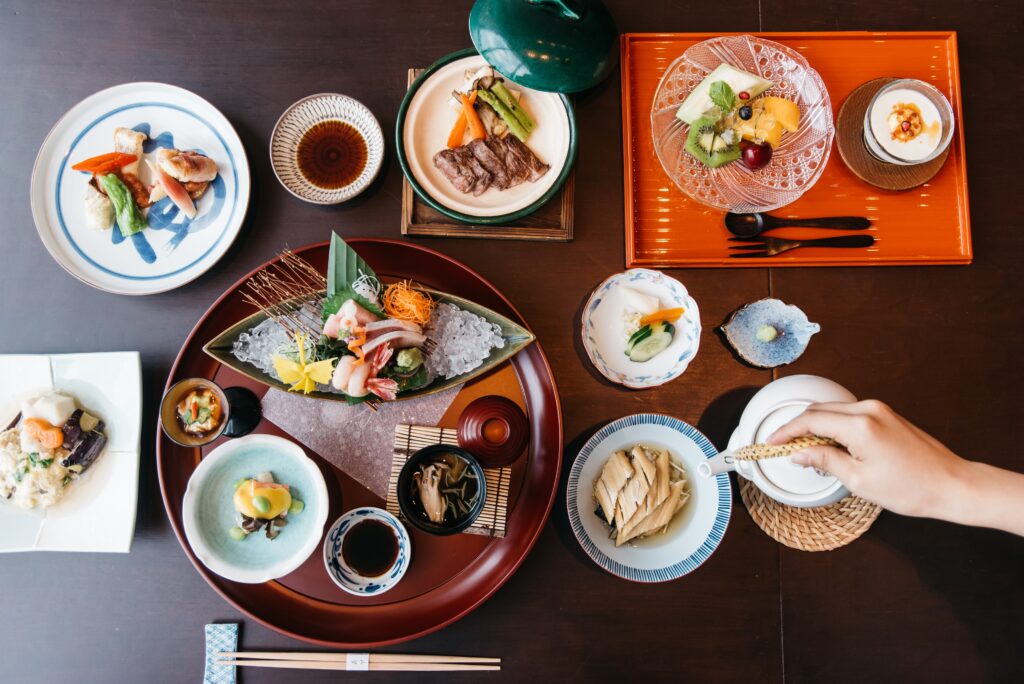
What are your thoughts? Hence, in preparing Japanese food, we are conscious of stimulating all five senses. By doing so, we can serve more delicious food, even with the same ingredients and recipes. I encourage you all to try cooking by considering all five senses in mind the next time you cook!
If you want to know more about Japanese culture you can check Our Differences.

